By Keith Milton
Vice-Admiral Sir John Pennington’s jolly-boat nudged against the accommodation ladder that had been rigged aboard the Santiago, flagship of Admiral Don Rafael d’Oquendo’s Spanish fleet. How different from 50 years ago, thought Pennington, as he mounted the ladder and received the ritual honors due his rank. Then, a Spanish armada even larger than this one was met and bested by a much smaller English fleet, one commanded by Howard and Drake, men who had become his heroes. Now, the English fleet under his command—17 ships of the line along with 10 frigates and 10 fast sloops and brigs—lay within sight of the Spaniards. The difference was that Britain was now neutral in the prolonged war between Spain and Spain’s provinces in the Netherlands.
This would be his third trip to visit with the Spanish commander-in-chief, and he felt that this latest offer from Dutch Lieutenant-Admiral Marten Tromp would goad d’Oquendo into action. He hated his role of messenger boy, and would have much preferred to bring the matter to a head, by force if necessary. Instructions from the Admiralty, through which King Charles I made his wishes known, were exasperatingly vague. Here was a belligerent fleet anchored in English waters with its enemy waiting in the wings to bring on a battle, and Pennington’s only orders were to prevent it from being fought in England’s coastal waters and to come to the aid of whomever was fired upon first, any such firing being in defiance of King Charles’s orders.
Pennington was shown into d’Oquendo’s great cabin by his escort and, after the formalities had been dispensed with, he outlined Lieutenant-Admiral Tromp’s response to the latest message. Admiral d’Oquendo had sent word that his fleet would not be able to engage the Dutch because the sharp action of three weeks ago, which had driven him inshore in the first place, had made him short of powder. Tromp’s response was an offer of 500 barrels to be delivered as soon as he could acquire it. D’Oquendo’s face reddened. The veins in his neck stood out and the muscles in his jaw and temple twitched. Pennington felt certain that this would do it and he would be free at last of the tiresome job of keeping the combatants from fighting a battle in British waters. He knew that in spite of the king’s instructions, Charles was inclined to favor the Catholic Spaniards and had an unwritten agreement with the Spanish king. Moreover, if Charles found it necessary to engage the Dutch, his seamen might mutiny, because their sentiments lay with the Netherlanders.
Pennington waited vainly for a response from the Spanish admiral. D’Oquendo was racked with indecision. His problem was similar to that of the previous armada 50 years earlier. Roughly half of his 67 vessels were troop transports, and were either unarmed or very lightly armed. This was really an invasion fleet and was not properly equipped for a fleet action. He also knew that Tromp was being reinforced almost daily by more ships from Holland as Prince William bent every effort to convert or complete ships in the stocks and docks of the Netherlands. It would be yet another week before action was joined in what became known as the Battle of the Downs—the last major sea fight in the Eighty Years War, Holland’s four-generation struggle for independence from Spain.
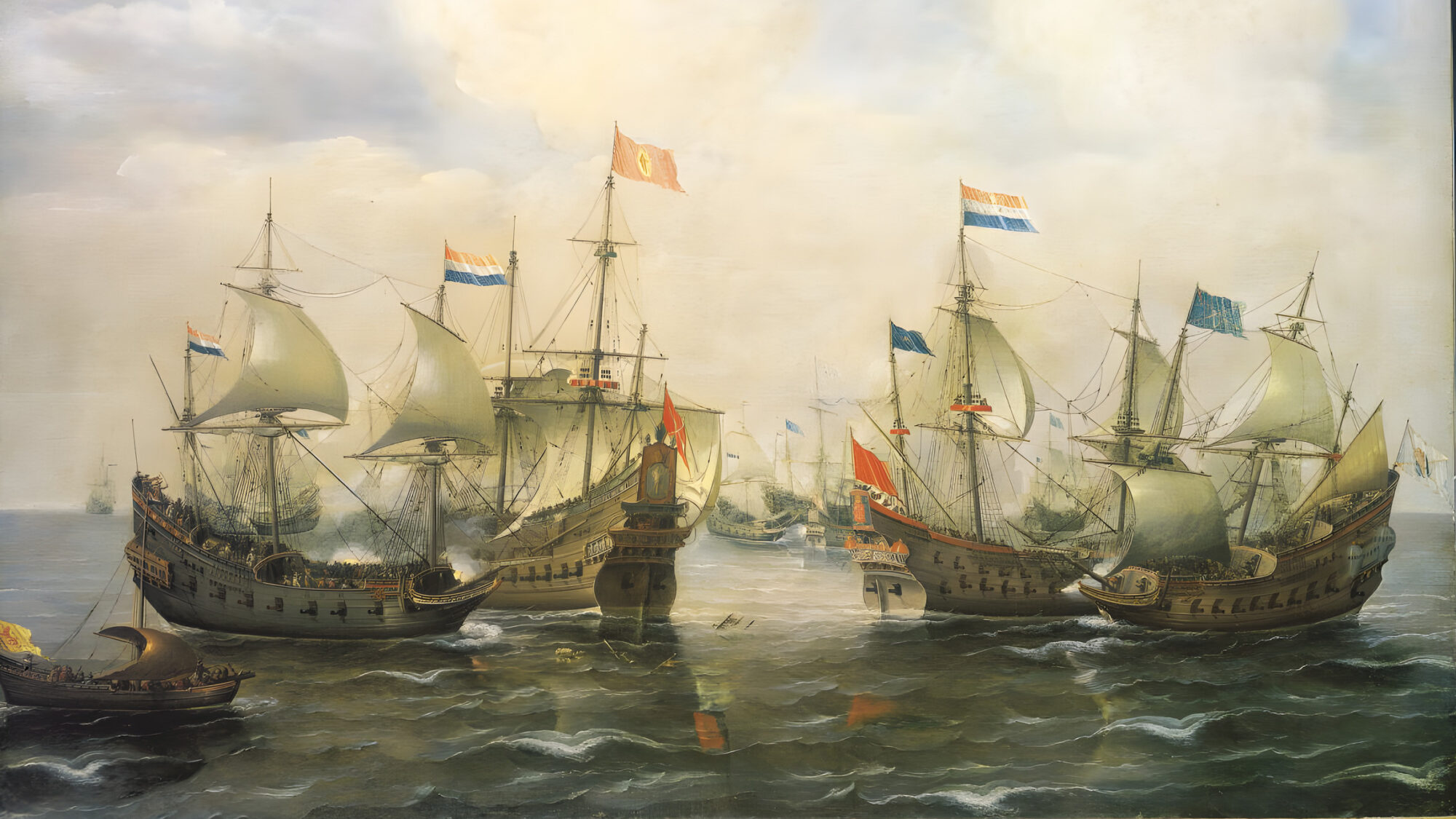
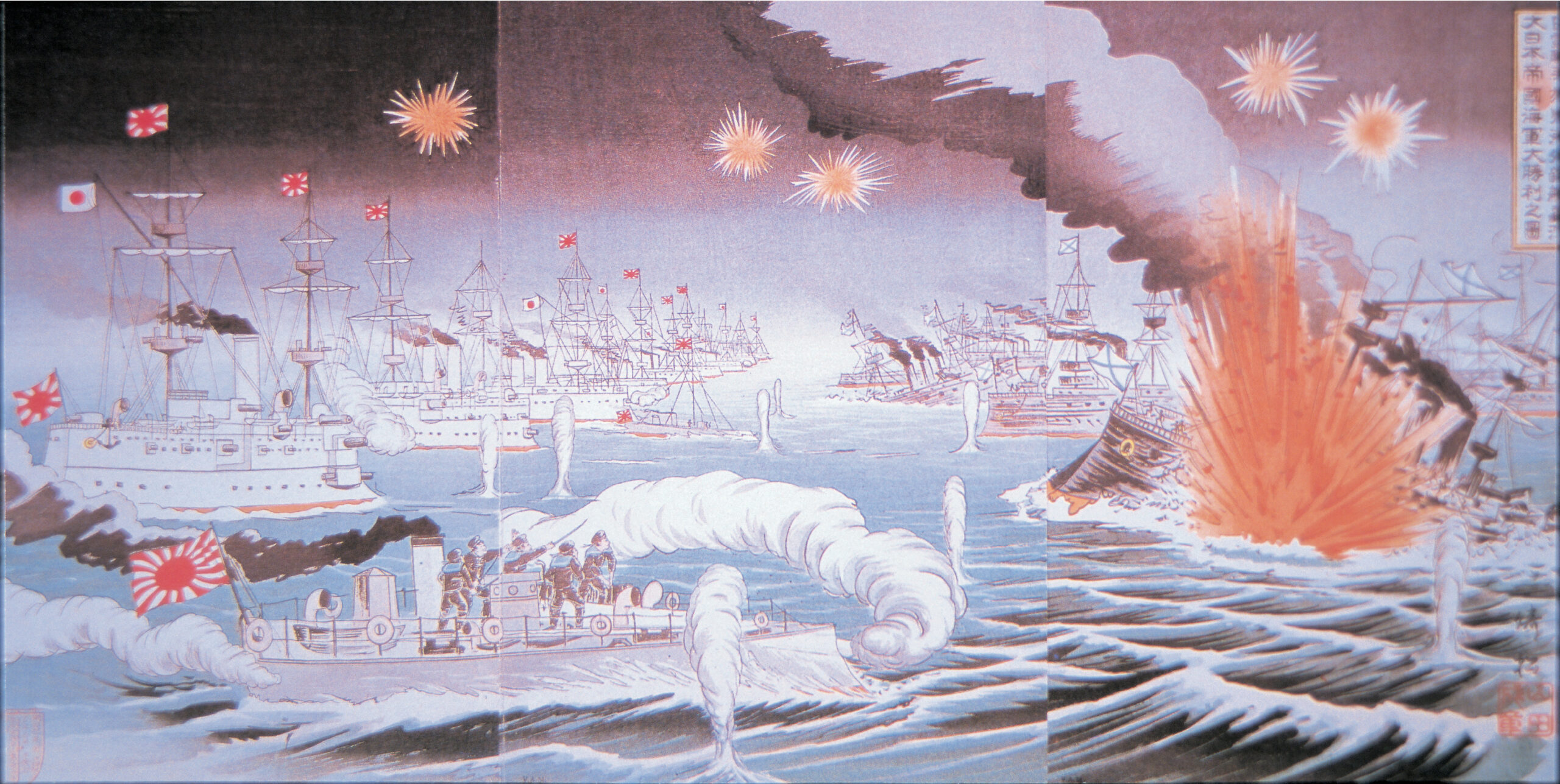
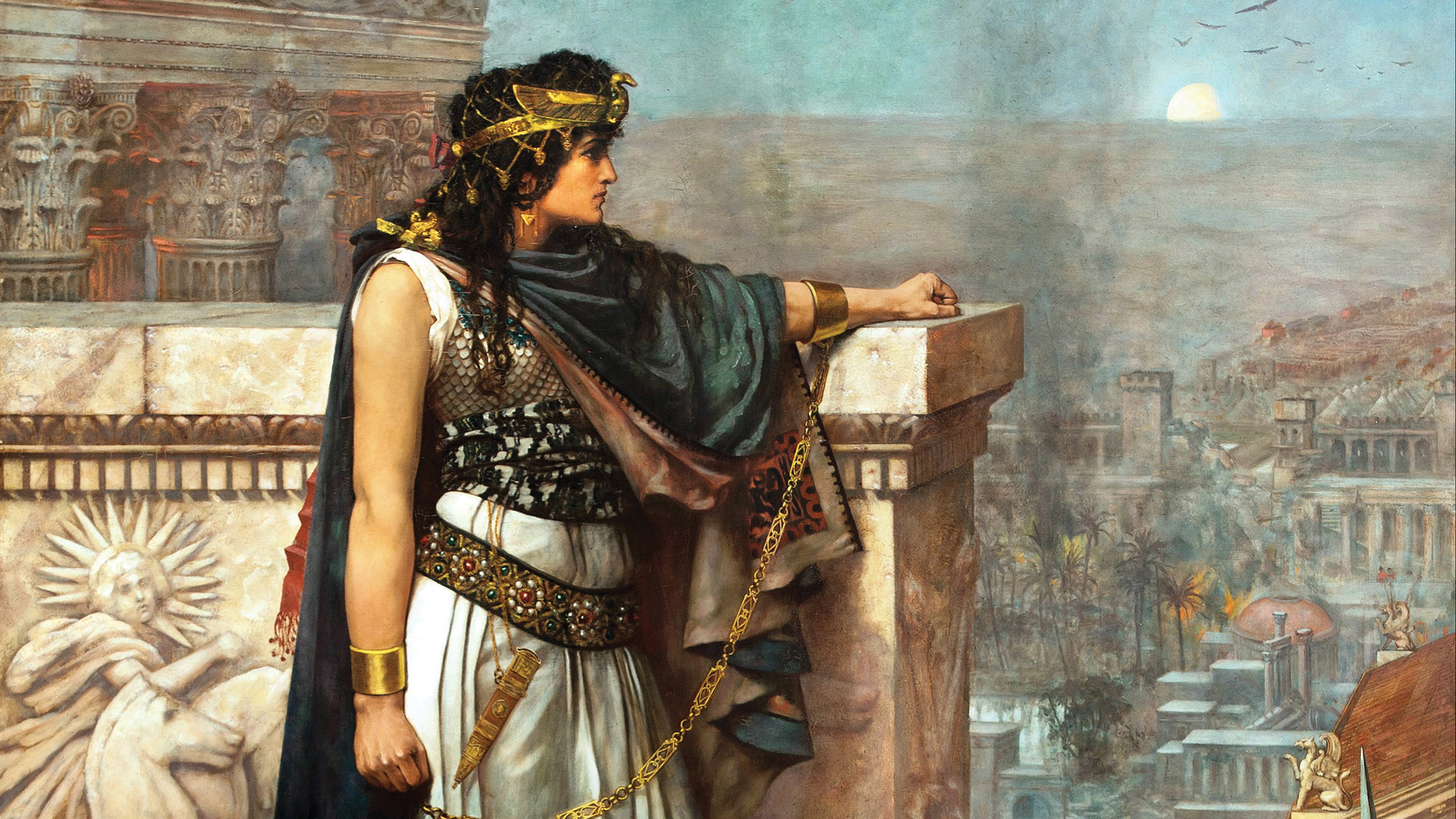
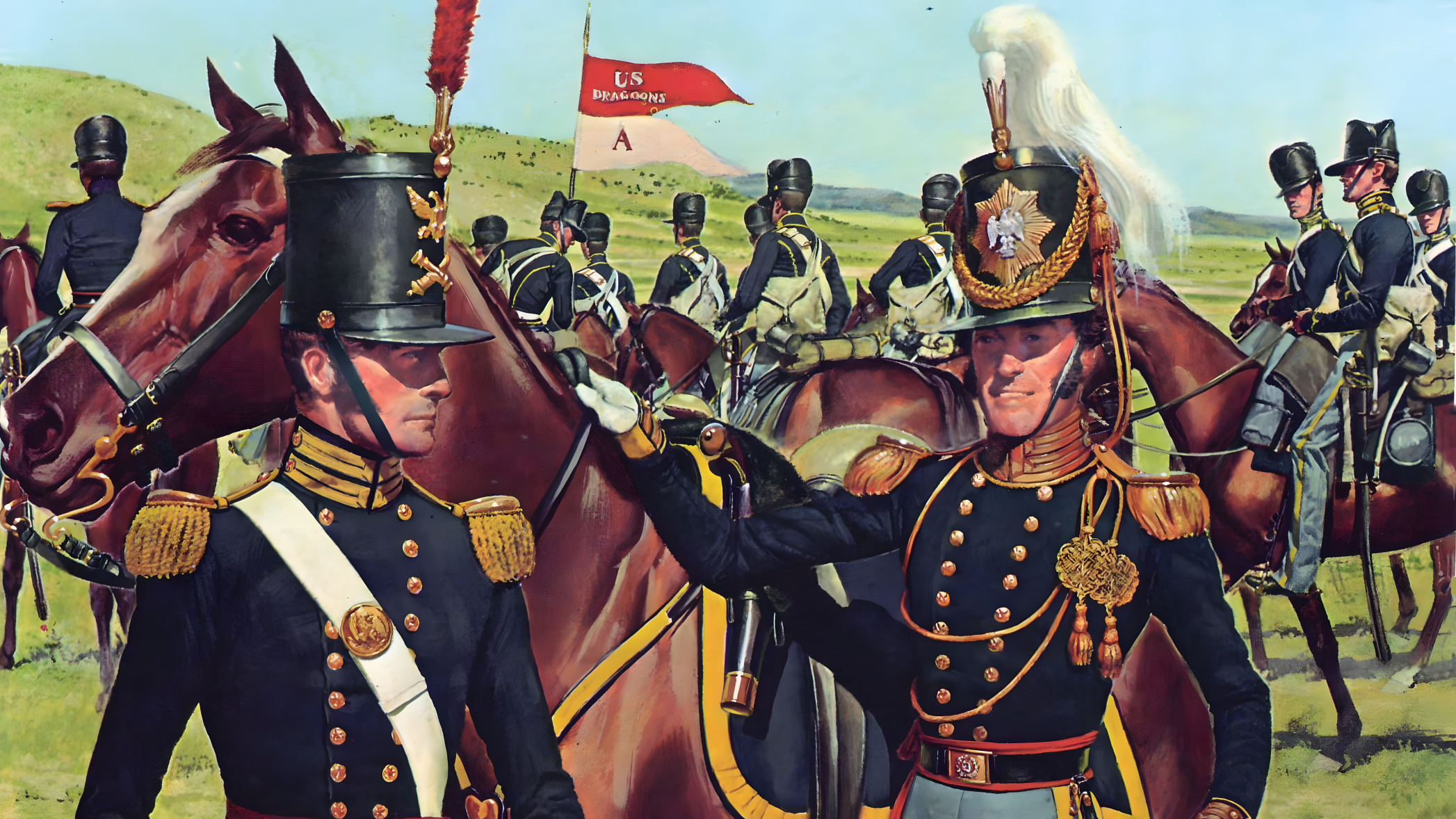
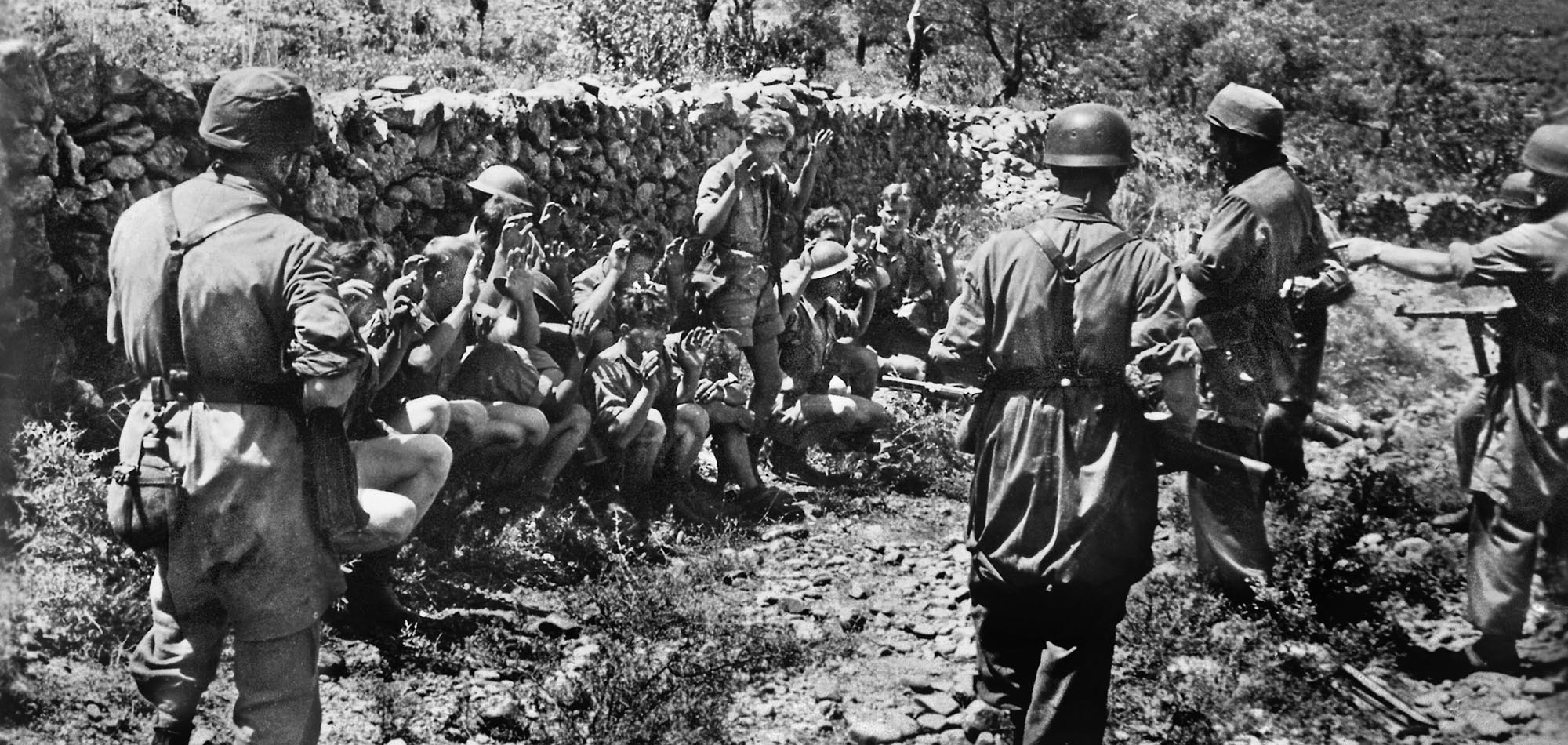
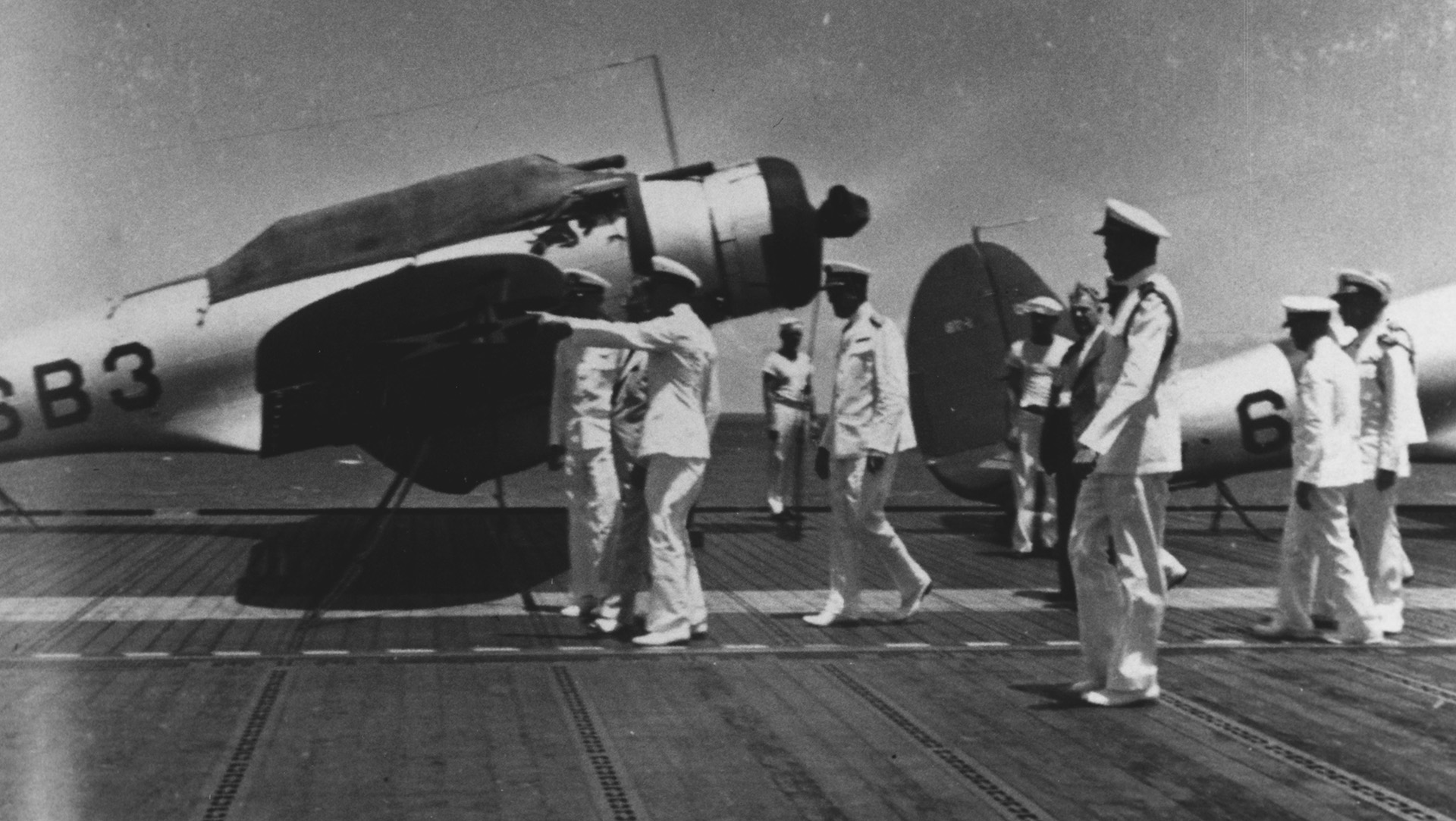
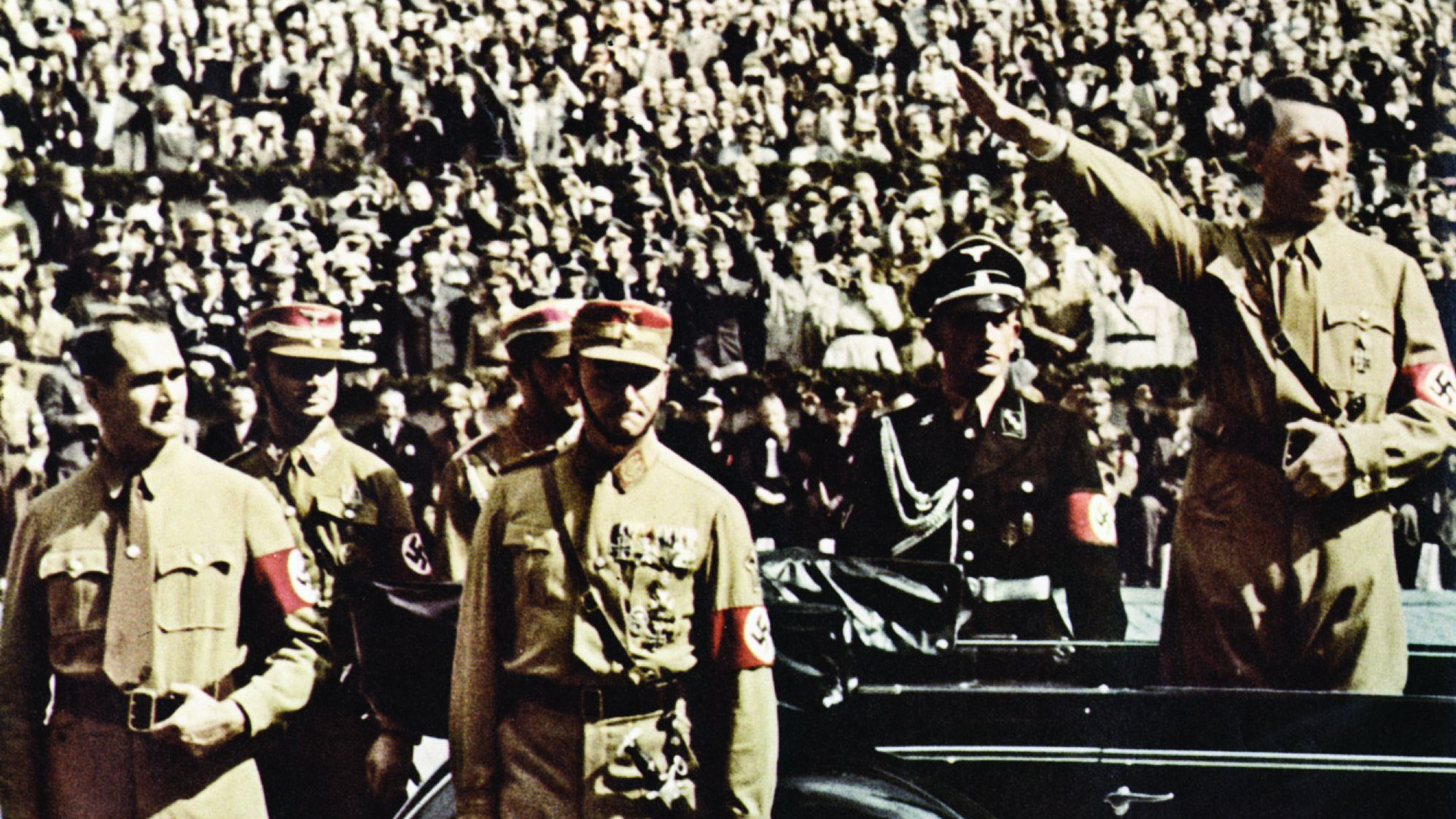
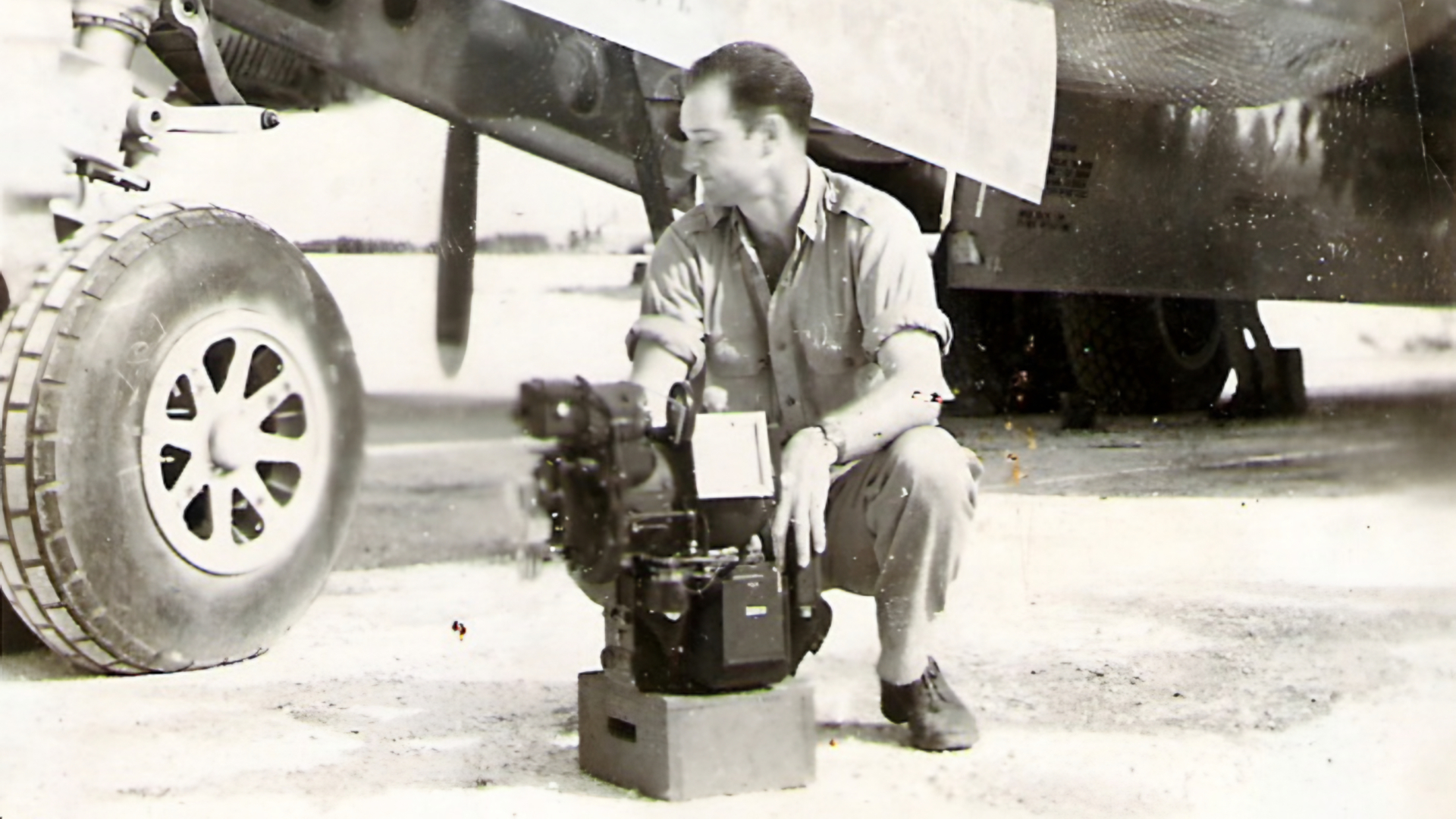
Join The Conversation
Comments